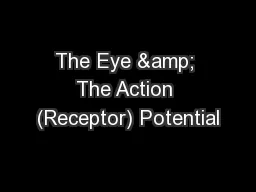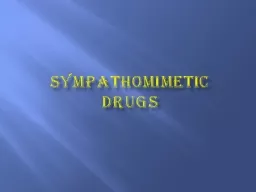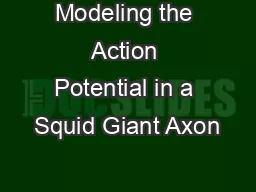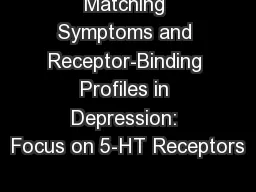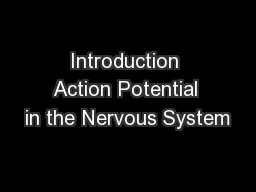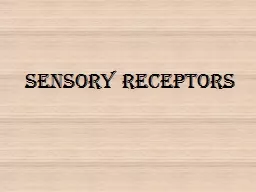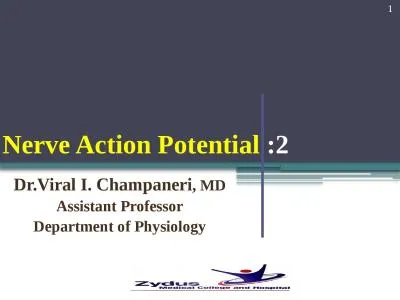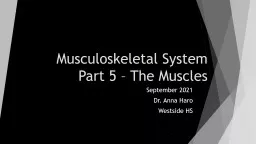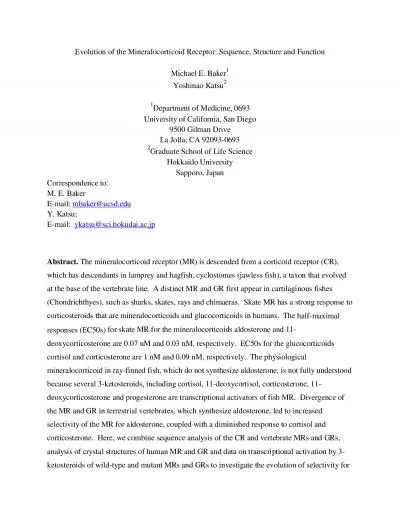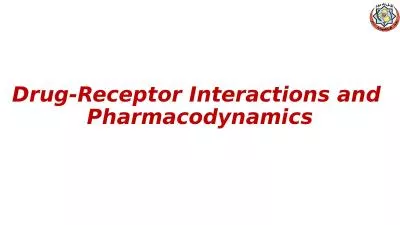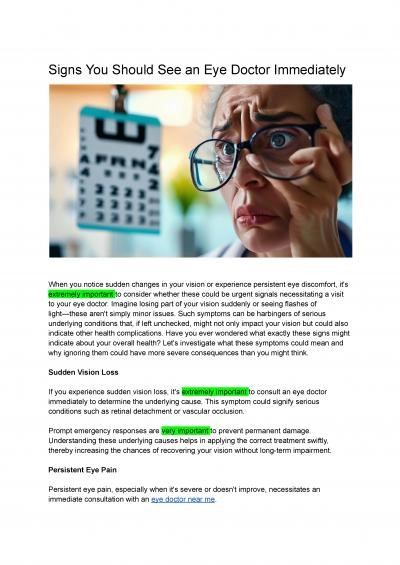PPT-The Eye & The Action (Receptor) Potential
Author : trish-goza | Published Date : 2018-11-25
Packet 20 Chapter 49 Structure of the Eye The Retina Contains two types of photoreceptors Rods Black and white vision Cones Color vision These photoreceptors connect
Presentation Embed Code
Download Presentation
Download Presentation The PPT/PDF document "The Eye & The Action (Receptor) Pote..." is the property of its rightful owner. Permission is granted to download and print the materials on this website for personal, non-commercial use only, and to display it on your personal computer provided you do not modify the materials and that you retain all copyright notices contained in the materials. By downloading content from our website, you accept the terms of this agreement.
The Eye & The Action (Receptor) Potential: Transcript
Download Rules Of Document
"The Eye & The Action (Receptor) Potential"The content belongs to its owner. You may download and print it for personal use, without modification, and keep all copyright notices. By downloading, you agree to these terms.
Related Documents

